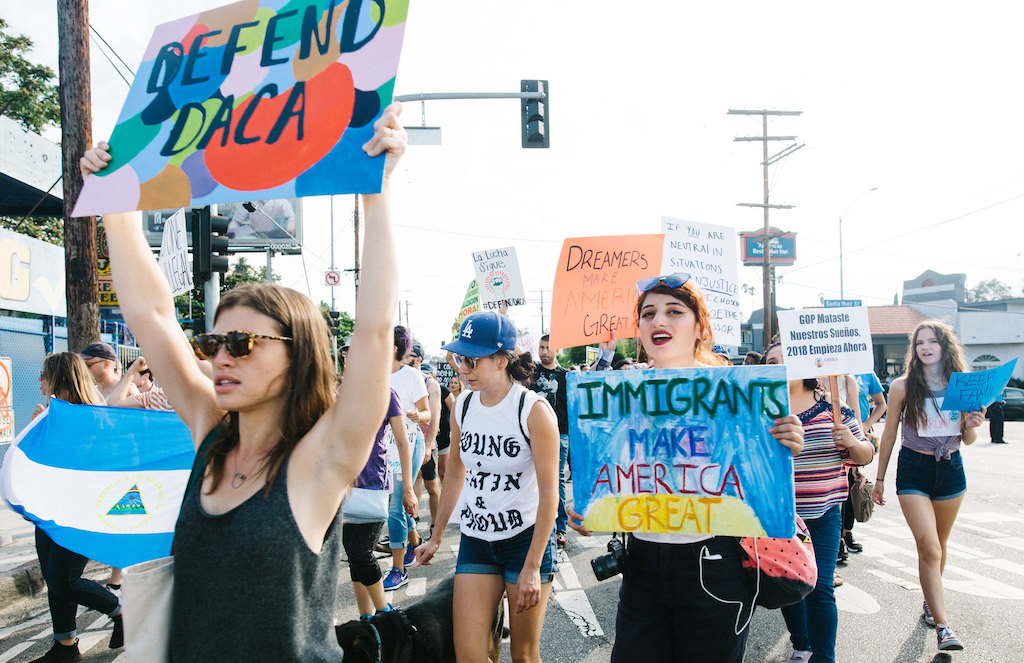(Phoenix, Arizona) – The status of the Deferred Action for Childhood Arrivals (DACA) program remains uncertain following a 2023 legal ruling. On September 13, 2023, the United States District Court for the Southern District of Texas declared the DACA Final Rule illegal, extending a previous restraining order to include the Final Rule.
Under the latest directive, current DACA and Employment Authorization documents (EADs) remain valid until expiration. The U.S. Citizenship and Immigration Services (USCIS) will process DACA renewals and employment authorization applications per existing regulations. Initial DACA applications will be accepted but not processed.
This eight-month judgment has significant consequences for the numerous undocumented immigrants known as “Dreamers,” who were brought to the United States as minors.
Related → 2024 United States elections: a nonpartisan guide for undecided voters
DACA program overview
Initiated by the Obama administration in June 2012, the DACA program aimed to provide temporary protection from deportation and work authorization to young immigrants who entered the U.S. as children, in response to the failure of the DREAM Act.
Eligibility for the program required applicants to have arrived in the U.S. before age 16, resided continuously since June 15, 2007, and been under 31 as of June 15, 2012. Additional criteria included educational or military service requirements and a clean criminal record.
Recent legal developments
The program has faced various challenges, including an attempted rescission by the Trump administration in 2017, which was blocked by the Supreme Court in 2020 due to procedural issues. The latest ruling from Texas creates further uncertainty, as the United States Citizenship and Immigration Services (USCIS) will process renewals but not new applications, leaving many potential applicants in a state of limbo.
The decision impacts Dreamers’ lives, affecting their mental well-being and practical aspects like employment, education, and future planning.
Legal and political context of the DACA program
The ruling highlights the fragile nature of executive actions versus legislative reform and the ongoing political divide over U.S. immigration policy. It also raises questions about the judiciary’s role in immigration matters, traditionally the purview of the legislative branch.
The ongoing legal disputes underscore the need for a lasting legislative resolution for DACA recipients, who seek stability and security in the U.S., their primary home. The outcome of these debates will shape not only the futures of Dreamers but also reflect the nation’s core values and ideals.
The resolution of this issue is critical, as it will have enduring implications for the individuals involved and the country at large. The story of DACA program continues to unfold, with significant outcomes expected in the coming years.
© 2024, Eduardo Barraza. All rights reserved.





